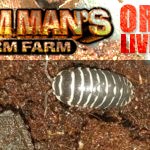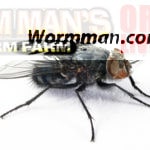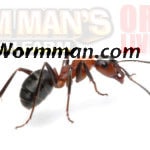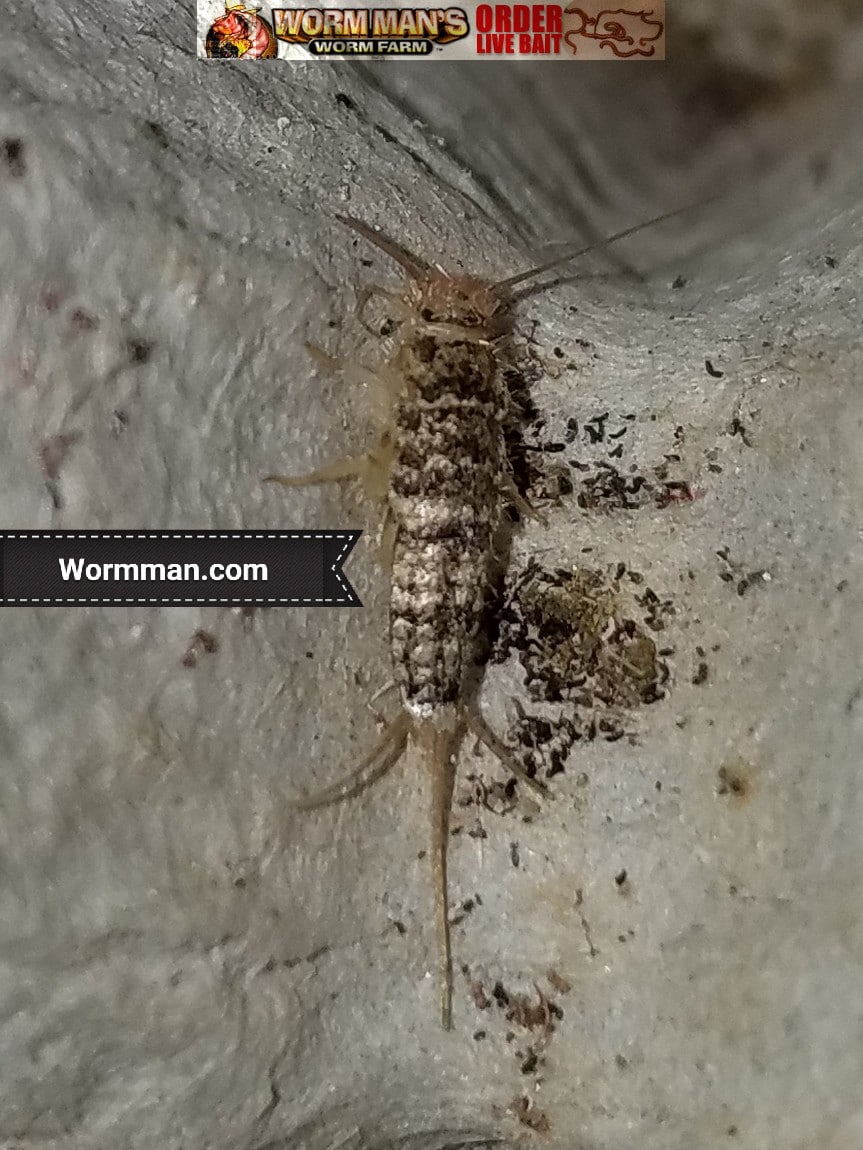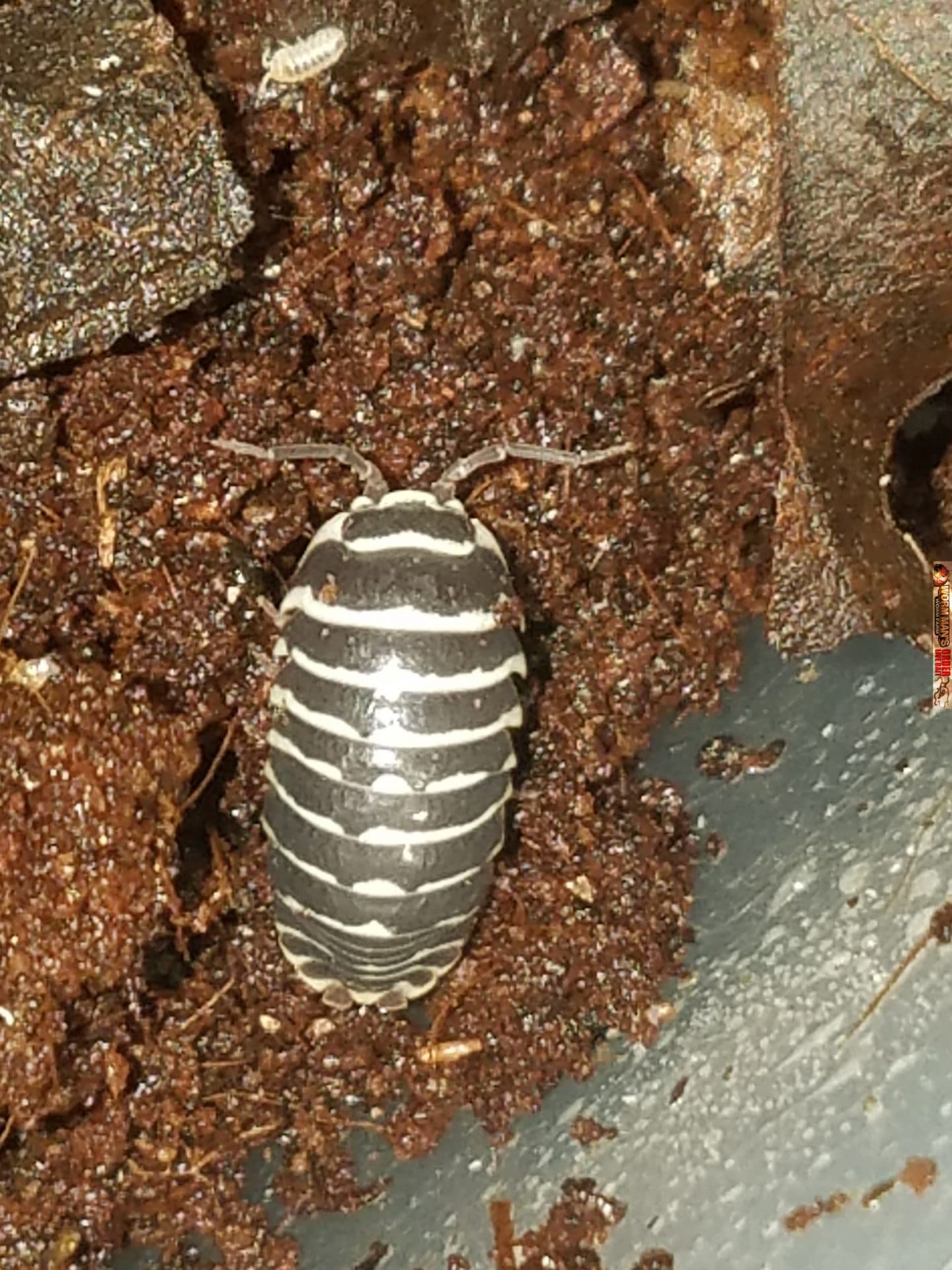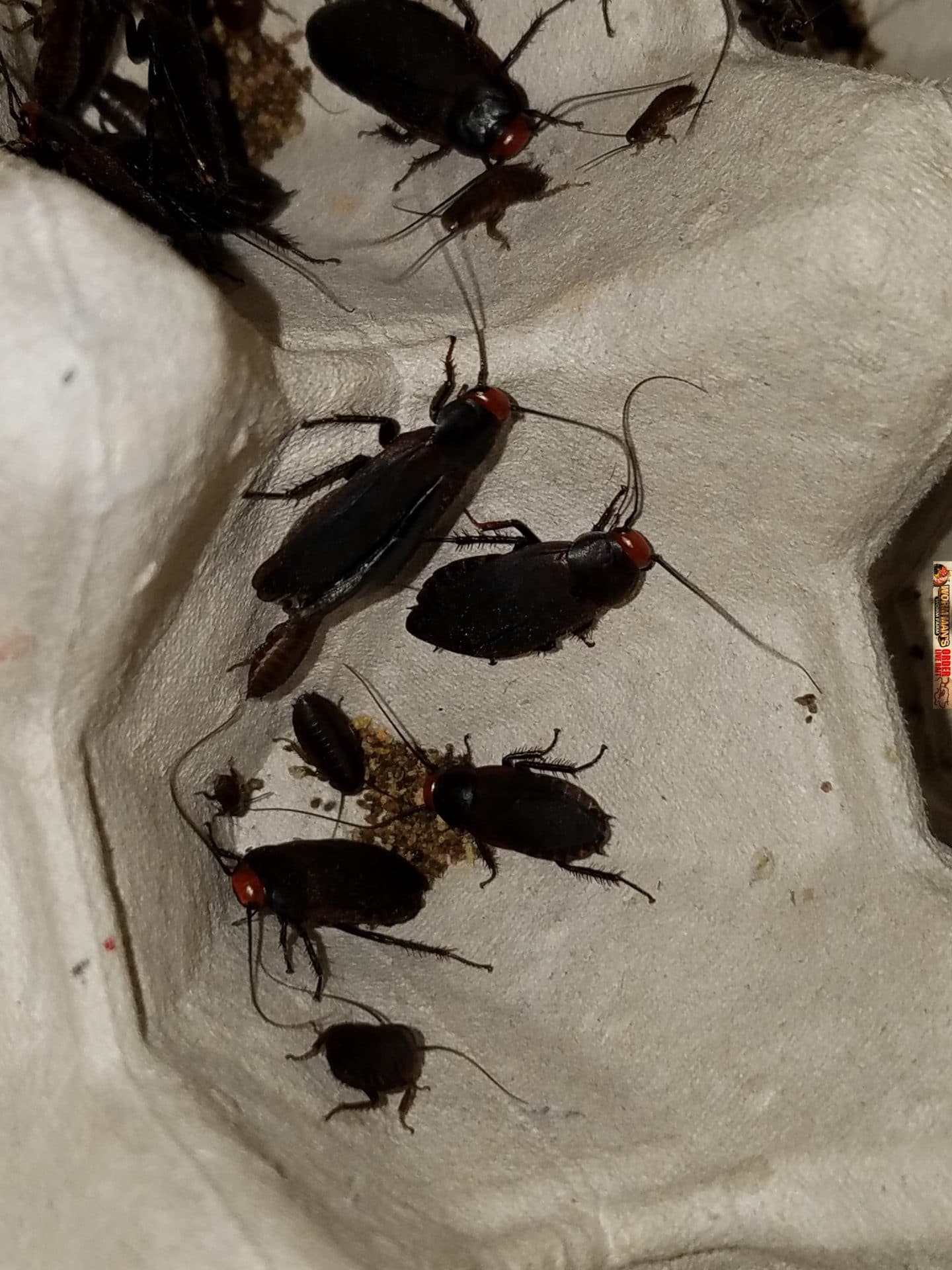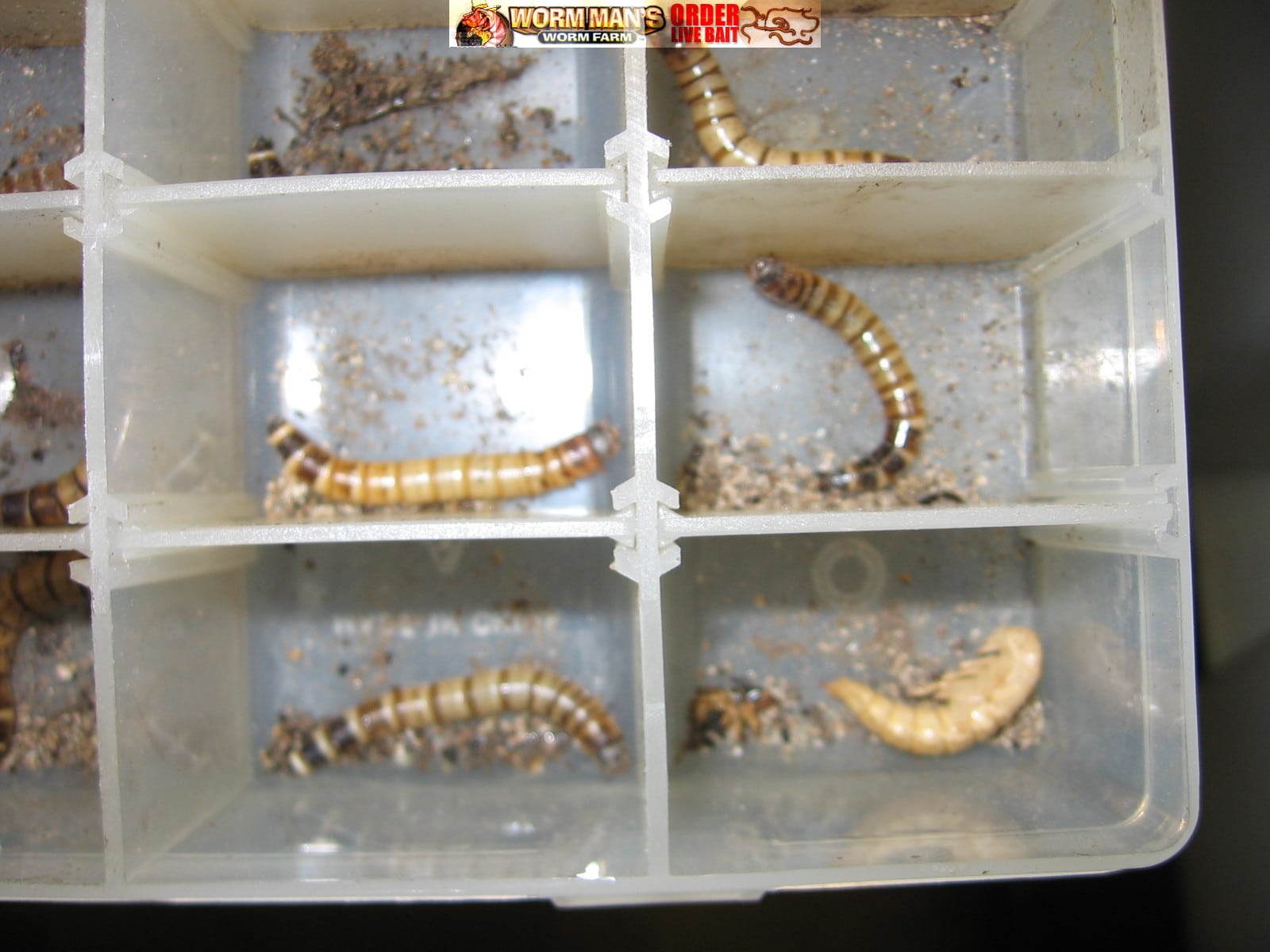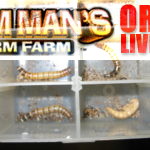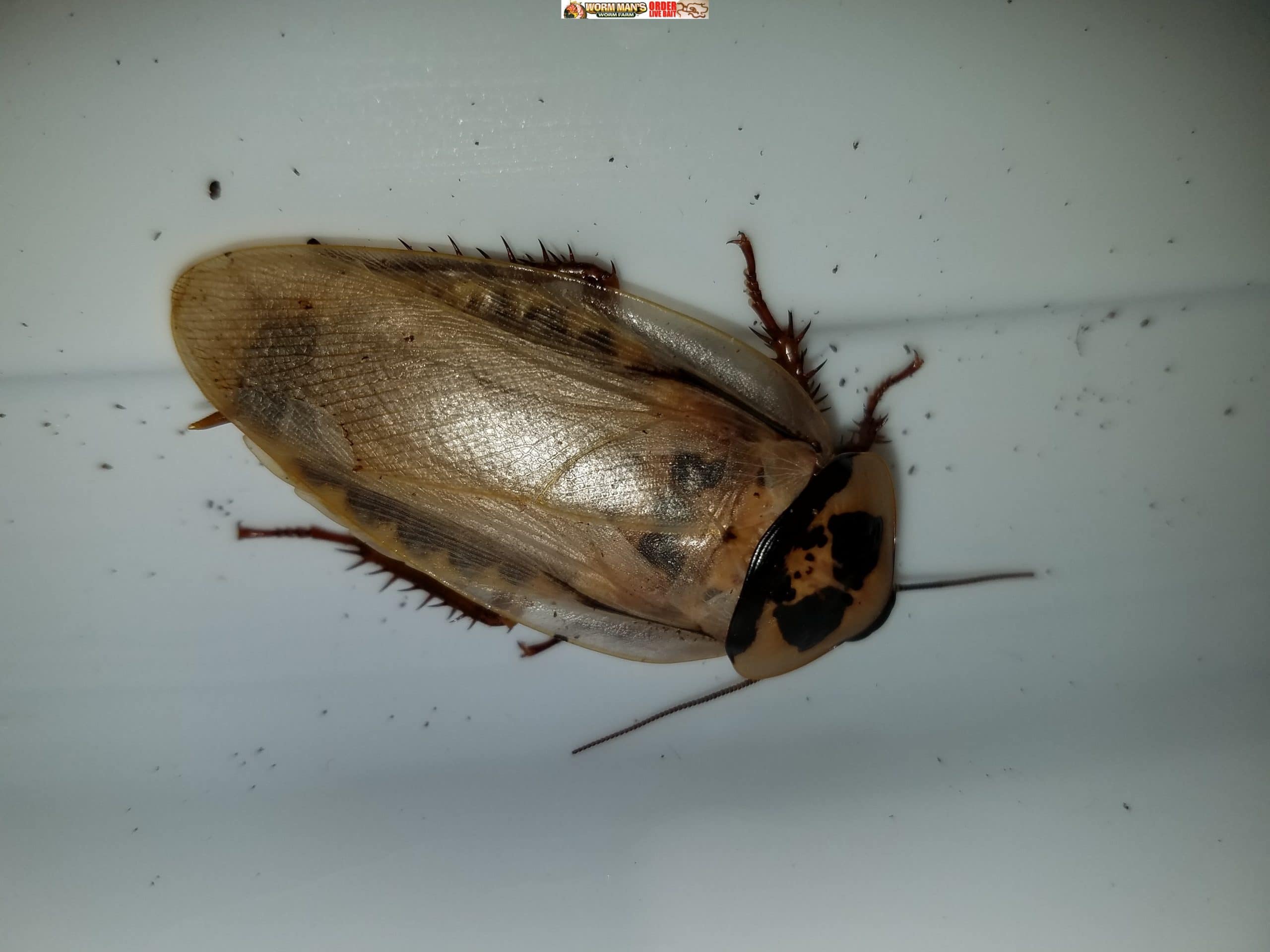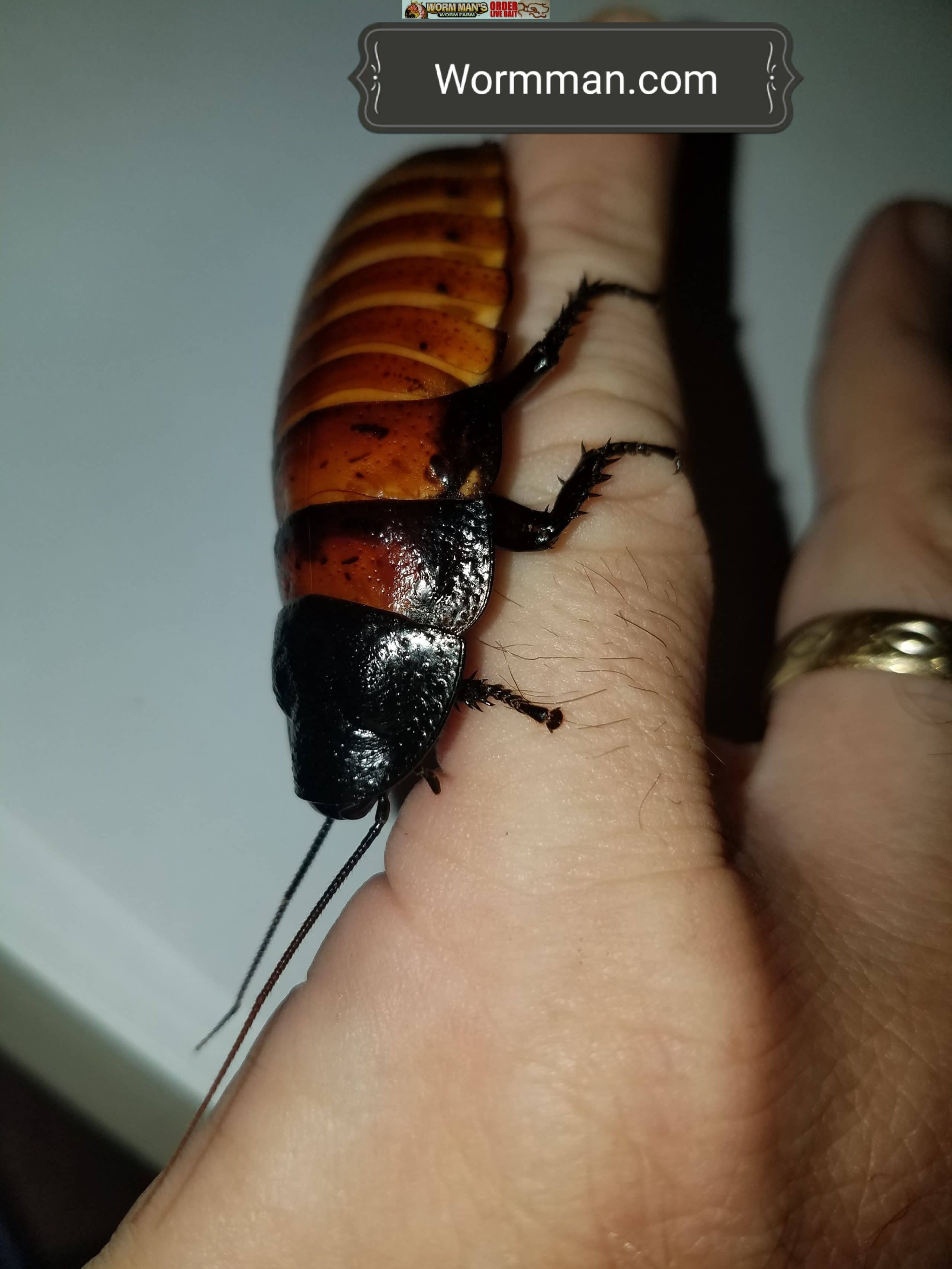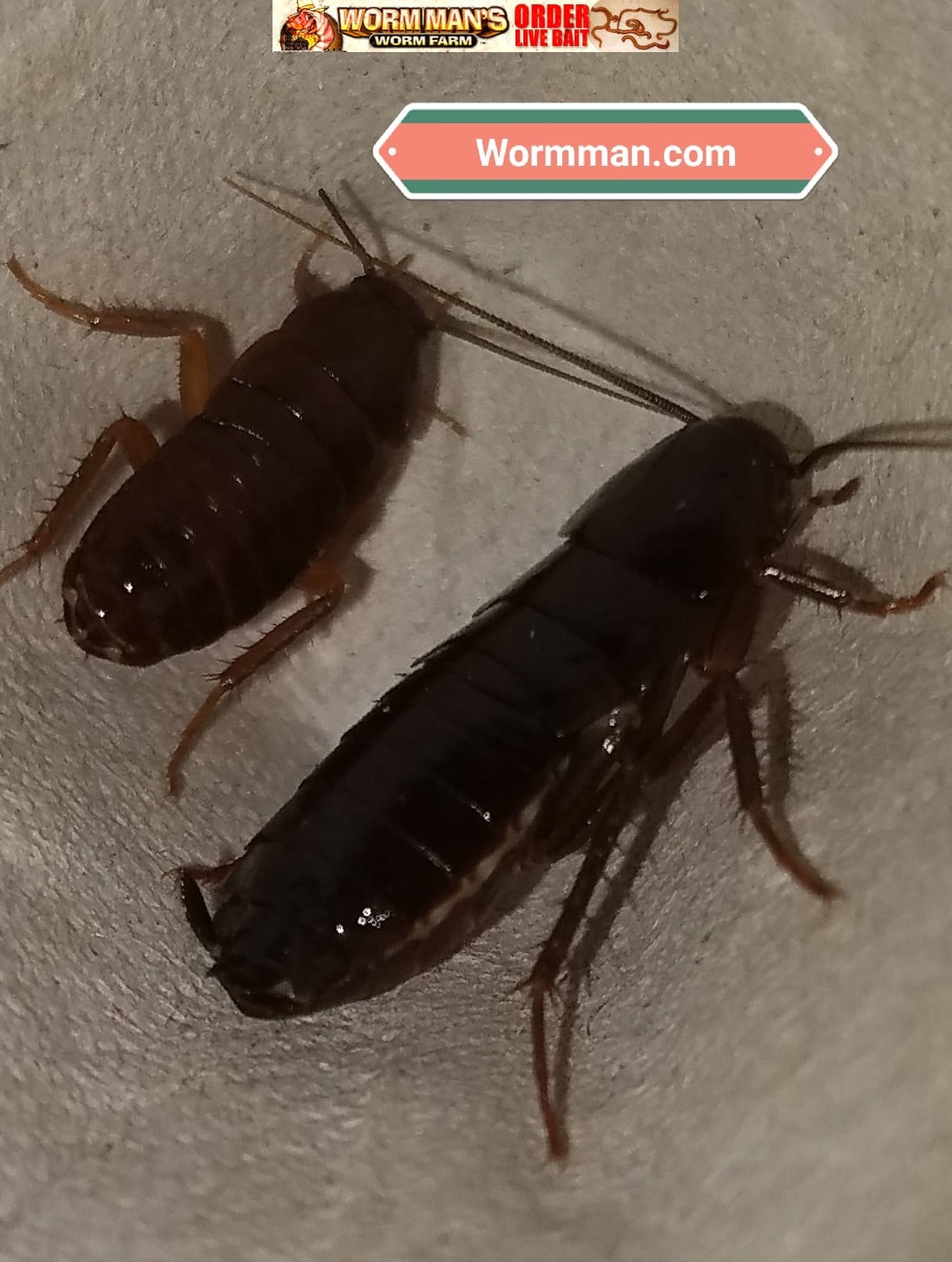

Many of our customers buy feeder insects to feed to their chameleons. We get pictures of their babies all of the time and we started keeping them on the walls here. Over time those pictures of various reptiles, fish, frogs, birds, chickens and pet insects took over an entire hallway wall and the walls of two offices.
I tell you this because I know that our customer’s pets are important to them and they are important to us. I started staring at some of the pictures of the chameleon that one of our customers sent back in 2010 and I realized that I never wrote anything about what Chameleons eat. We have a ton of customers that buy feeders for chameleons but I never wrote a single word about what they like best.
One of the questions we often get via email, is “what do chameleon’s eat?” Well, I will tell you what chameleons eat in this article.
Chameleons eat many different types of insects while in captivity. In fact, they should probably be provided a variety of insects so that they can get what they need from the various insects. For instance, fat and minerals from wax worms, and protein from crickets and worms. Chameleons relish variety.
One of the things that I have heard from my customers over the years is that chameleons have a propensity to develop certain vitamin deficiencies over time because of the dietary restrictions caused by living in captivity. For instance, not enough of the right kind of light can cause vitamin D3 issues. Many chameleons also suffer from vitamin A deficiency.
Many of the nutritional deficiencies can be stopped or corrected by offering a variety of insects and by gut loading and dusting those insects with a nutritonal powder.
Some of the insects that chameleons devour readily, and that can also be easily gut loaded and dusted are:
- Crickets:
Crickets are a staple in chameleon diets. We feed our crickets vegetables and Mazuri Cricket Diet to ensure that our crickets are getting a well balanced diet so that they can become part of a well balanced diet for chameleons. You should feed them broccoli, green leafy foods and a good grain diets like Mazuri Cricket Diet which used to be called Purina Worm Chow.
 Flies: Chameleons love flies. They eat them in their natural habitat readily. We sell Blue Bottle Fly Larva (spikes) that can be grown into flies so that your chameleons can have them as a treat. You can dust them easily and feed them as needed.
Flies: Chameleons love flies. They eat them in their natural habitat readily. We sell Blue Bottle Fly Larva (spikes) that can be grown into flies so that your chameleons can have them as a treat. You can dust them easily and feed them as needed.
- Tomato Hornworms: They are shipped to you alive, in plastic containers with enough food to get them to the size you need for your chameleon. Do not feed them tomato plants or they will become poisonous.
- Silkworms: Although we do not grow or sell silkworms at this point, I do recommend making silkworms part of your cham’s diet. These days you can buy eggs and grow the silkworms on artificial diet or you can feed them fresh Mulberry leaves if you have a large tree, and the tree is making leaves. Just know that once you feed silkworms fresh Mulberry leaves, you will not be able to go back to artificial diet.
- Waxworms: We grow and sell waxworms and we will soon have 32 ounce wax worm cultures for our customers to buy so that they can grow the wax worms to the size they need for their pets. We will not treat these culture, which means that they will be more active. This also means that they will spin cocoons, which is something that treated waxworms do not do. On the flip side, not treating wax worms, keeps them more active so they move faster and climb and that will entice chameleons to eat. The one caviat is that waxworms should not be used as a staple food. They should be fed sparingly, as a treat or to help put weight on a sickly Cham. They larva can should be dusted with a vitamin powder.
- Mealworms: Mealworms are a great food for chameleons. Mealworms are the larva of a beetle alled Tenebrio Molitor. They can be gut-loaded and dusted to help increase nutrional value.
- Cockroaches: As with most of the feeder items on this list, you can buy cockroaches from us or any number of vendors online. We currently have 25 different varieties of cockroaches breeding at any one time. Some climb, so don’t. Some cockroaches grow large and some are the size of fruit flies when they hatch. You can purchase a few and keep them warm and well fed and you will have a constant supply of roaches after a few months. Try a couple species of roach to see if you Cham goes for them. Once you find a species that he/she prefers then breed that type, dust and gutload them and have another item in your food variety arsenal.
There are so many great feeders coming on the market. For instance, we will soon have Firebrats and curly-wing houseflies for sale, and Lesser Wax Worms moths which are also a great food for smaller Chameleons.
Remember, variety is key in the diet of a chameleon, and common sense efforts must be made to ensure that they are getting all of the vitamins and minerals that they need through gut-loading and dusting that variety of insects.
Perhaps it is time to come up with a chameleon feeder insect variety pack. What are your toughts on this idea? I would love to hear from you.
We rarely promote other people’s books or products on our blog but this is a very good introduction to Chameleons for about $10 that I bought a while back and you might enjoy.
Click Here!
Here is a link to free guide that will also help you learn more about chameleons.


